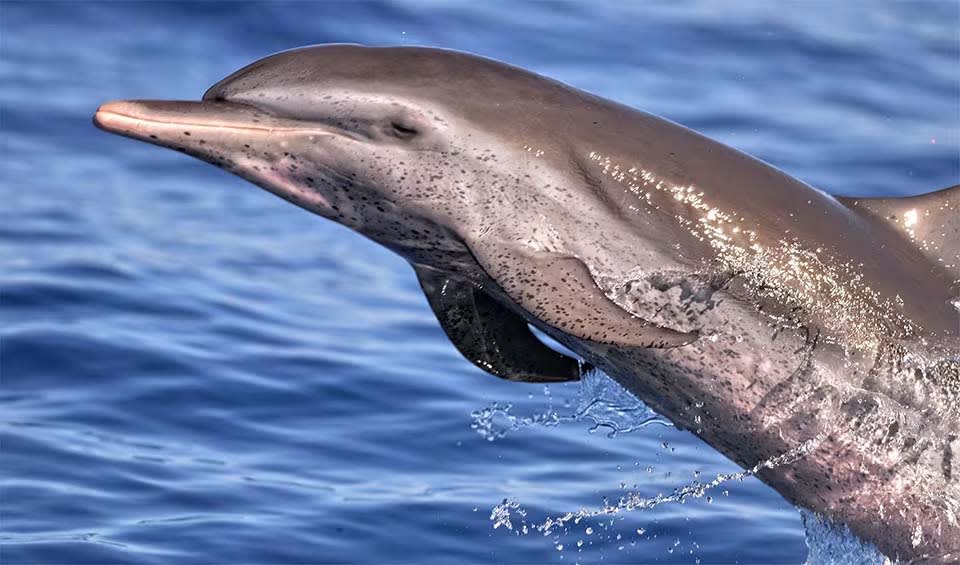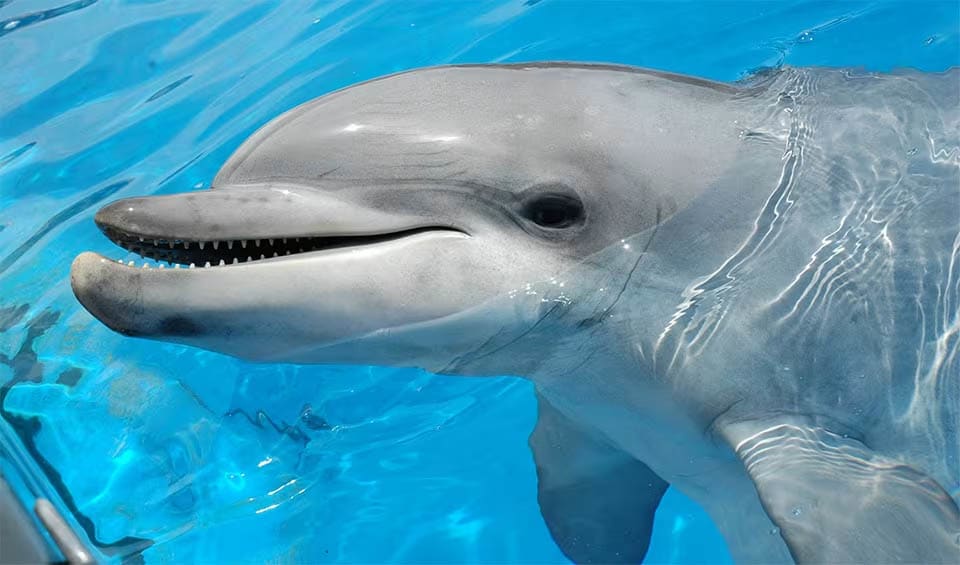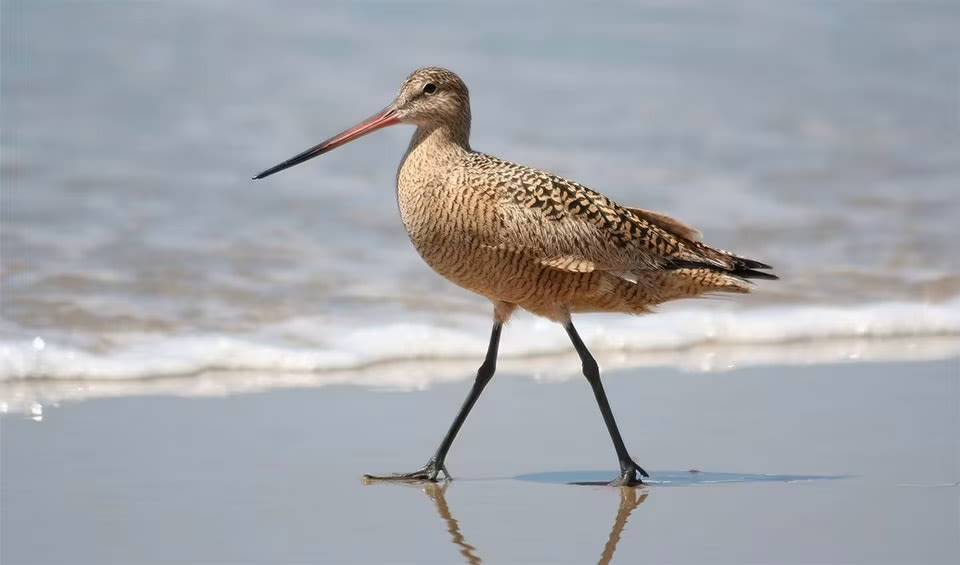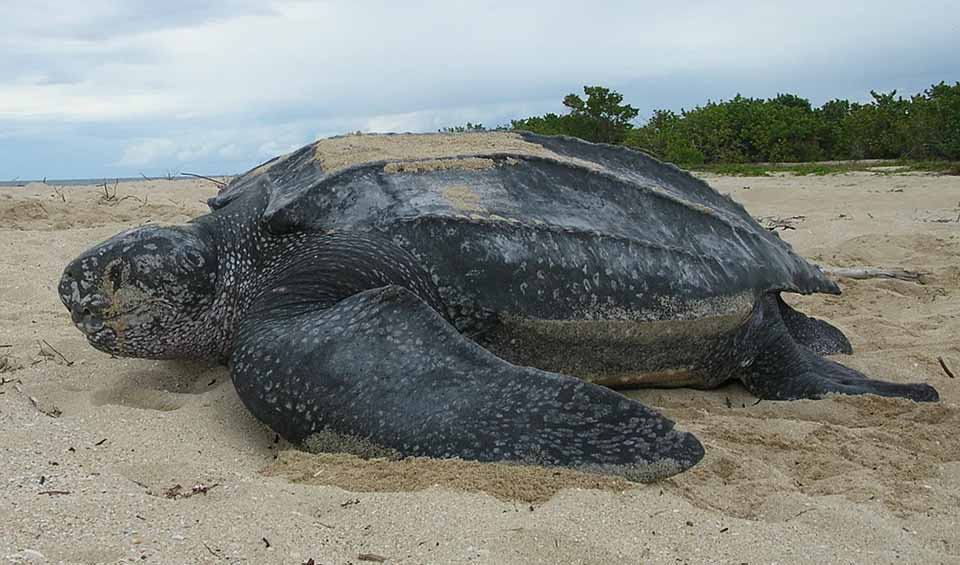Micronesia is a region consisting of several island groups, including the Federated States of Micronesia (FSM), Palau, the Marshall Islands, Kiribati, and Nauru. These islands vary widely in geography, from low-lying atolls to high volcanic islands. The climate is tropical, with warm temperatures year-round and a wet season typically from May to October. The region’s vast oceanic expanse and diverse island geography create a wide range of habitats and ecosystems.
The landscapes of Micronesia are incredibly diverse and picturesque. The high islands, such as Pohnpei and Kosrae in the Federated States of Micronesia, are characterized by rugged mountains, dense rainforests, and cascading waterfalls. These islands offer hiking opportunities and the chance to explore ancient ruins like Nan Madol, a UNESCO World Heritage site. The low-lying atolls, such as those in the Marshall Islands, feature stunning lagoons, white sandy beaches, and clear blue waters. Palau is renowned for its Rock Islands, a collection of limestone islets with hidden marine lakes and rich marine biodiversity.
Four pillars elaborated:
The region of Micronesia in the western Pacific Ocean encompasses multiple island nations and territories, boasting a diverse array of marine and terrestrial ecosystems, many of which are designated as protected areas. In Palau, an island nation within Micronesia, an extensive network of marine protected areas (MPAs) covering over 80% of its exclusive economic zone has been established. Managed by the Palau International Coral Reef Center, these MPAs are dedicated to preserving the country’s abundant marine biodiversity. Land Management
Land Management
Similarly, the Federated States of Micronesia (FSM) has identified several areas as protected areas, such as the Yap Marine Park and the Kosrae Conservation Area, which harbor a wide range of endemic species and contribute significantly to safeguarding the nation’s natural heritage.
The Federated States of Micronesia (FSM) faces significant threats to its biodiversity due to the extreme fragility of its isolated and unique ecosystems. The predominant threats—overexploitation of biological resources, habitat loss, deforestation, land degradation, climate change, pollution, invasive species, and urbanization—have particularly severe impacts. These issues are driven by increased development, market economy integration, and population growth, compounded by a lack of knowledge on the impacts of these threats and gaps in taxonomic data. Threats to Biodiversity
Threats to Biodiversity
Consequently, 19% of marine fish, 8% of resident birds, 25% of mammals, 22% of evaluated invertebrates, 75% of reptiles, and 75% of evaluated flowering plants are threatened. Additionally, sharks are increasingly at risk of extinction due to their vulnerability to human activities.
The government of the Federated States of Micronesia (FSM) is dedicated to preserving its rich biodiversity through various significant efforts. This includes the development of the National Biodiversity Strategy and Action Plan (NBSAP) for 2018–2023, which outlines the country’s commitment to protecting its islands and working towards a sustainable future. FSM is also a key participant in the Micronesia Challenge, a regional commitment to conserving and effectively managing marine and terrestrial resources across Micronesia. Capacity and Governance
Capacity and Governance
Furthermore, FSM actively seeks partnerships and collaborations with international organizations and donors to support conservation efforts effectively, while also recognizing the crucial role of indigenous communities in biodiversity conservation and engaging them in the development and implementation of conservation initiatives. These efforts highlight FSM’s dedication to preserving the unique biodiversity of the region and its commitment to environmental stewardship.
Micronesia is making significant strides in biodiversity conservation with its Future Biodiversity Action Plan 2030, which aims to effectively manage 30% of terrestrial resources, such as forests, wetlands, and coastal areas, by 2030. Supported by the Micronesia Challenge, this regional initiative focuses on biodiversity conservation and sustainable development. Marine conservation efforts are also a top priority, as highlighted in the Yap and Chuuk Biodiversity Strategies and Action Plans, emphasizing the protection of marine ecosystems, including vulnerable coral reefs threatened by climate change and human activities. Future Trends
Future Trends
Notably, addressing climate change is a key aspect of the plan, as sea level rise projections pose a significant threat to coastal communities and ecosystems. The plan outlines strategies for adapting to these changes and mitigating their impacts.
Biodiversity
The terrestrial ecosystems in Micronesia are home to various plant and animal species, many of which are endemic. The rainforests, particularly on the larger islands like Pohnpei and Kosrae, are dense with a variety of tree species, ferns, and orchids. These forests provide habitats for endemic bird species such as the Pohnpei lorikeet, the Kosrae fruit dove, and the Chuuk monarch. The islands also support unique reptiles and a variety of bats, including the endemic Pohnpei flying fox.Micronesia’s marine biodiversity is particularly notable, with its extensive coral reefs being some of the most diverse and pristine in the world. The coral reefs around the islands of Yap, Chuuk, Pohnpei, and Kosrae are teeming with life, including hundreds of species of corals, fish, and invertebrates. Notable marine species include the hawksbill turtle, green turtle, manta rays, and a variety of shark species. The lagoons and reefs also support a wide range of mollusks, crustaceans, and marine plants.
In the table below are the number of known species in several main groups, how many of these species are Threatened with extinction, and how many of them are Endemic (unique to Micronesia only):
| Species (World rank) |
Threatened | % Threatened | Endemic | % Endemic | |
|---|---|---|---|---|---|
| Mammals | 24 (#193) | 5 | 20.8% | 3 | 12.5% |
| Birds | 127 (#185) | 14 | 11.0% | 21 | 16.5% |
| Reptiles | 40 (#130) | 7 | 17.5% | 3 | 7.5% |
| Amphibians | |||||
| Fishes | 1,236 (#27) | 38 | 3.1% | 6 | 0.5% |
| Plants | 5,330 (#61) | 23 | 0.4% | 3,070 | 57.6% |
mammals
Pantropical spotted dolphin
A champion swimmer and a social butterfly of the warm seas
Common bottlenose dolphin
Known for their acrobatic leaps, twisting and turning gracefully as they jump completely out of the water
birds
Little egret
During breeding, they transform with elegant white plumage, adorned by decorative plumes on the head, neck, and back
Common kingfisher
Possessed with special visual adaptations to catch fish
Black-tailed godwit
The most elegant of all godwit species
reptiles
Leatherback sea turtle
The mysterious diver of the ocean is the largest and only sea turtle without a hard shell and scales
Hawksbill sea turtle
Its slender frame and narrow head bear a beak curved like a hawk’s, earning this marine marvel its name
Yellow-bellied sea snake
The most widespread species of snakes on earth are found throughout the Indian and Pacific Oceans and from Africa to Central America
National Animals
Chuuk flying fox
Unlike most flying foxes that are mainly active at night, it is at least somewhat active during the day
Brown noddy
They bob their heads up and down as they fly, which is actually how they earned the nickname “Noddy”














